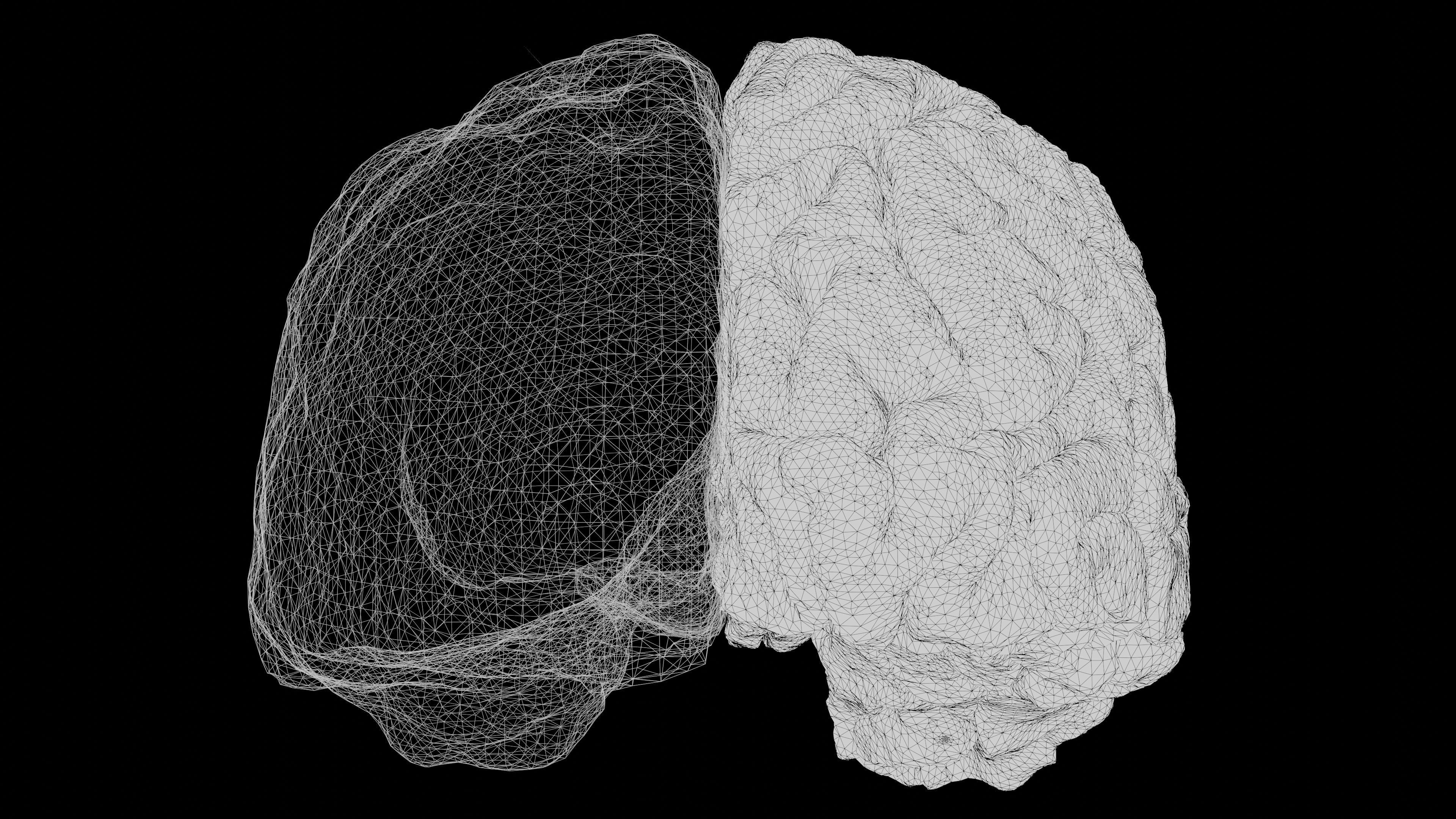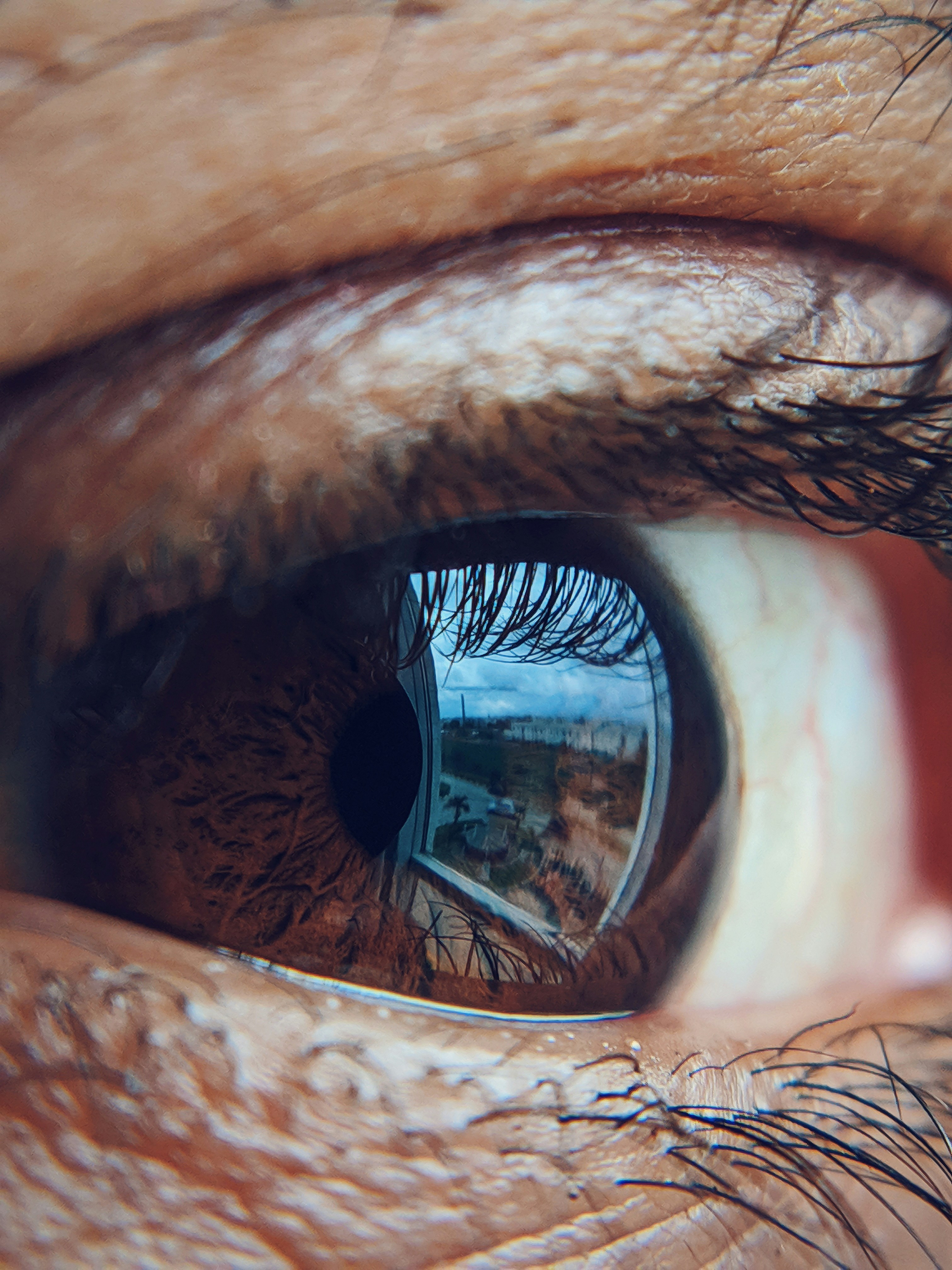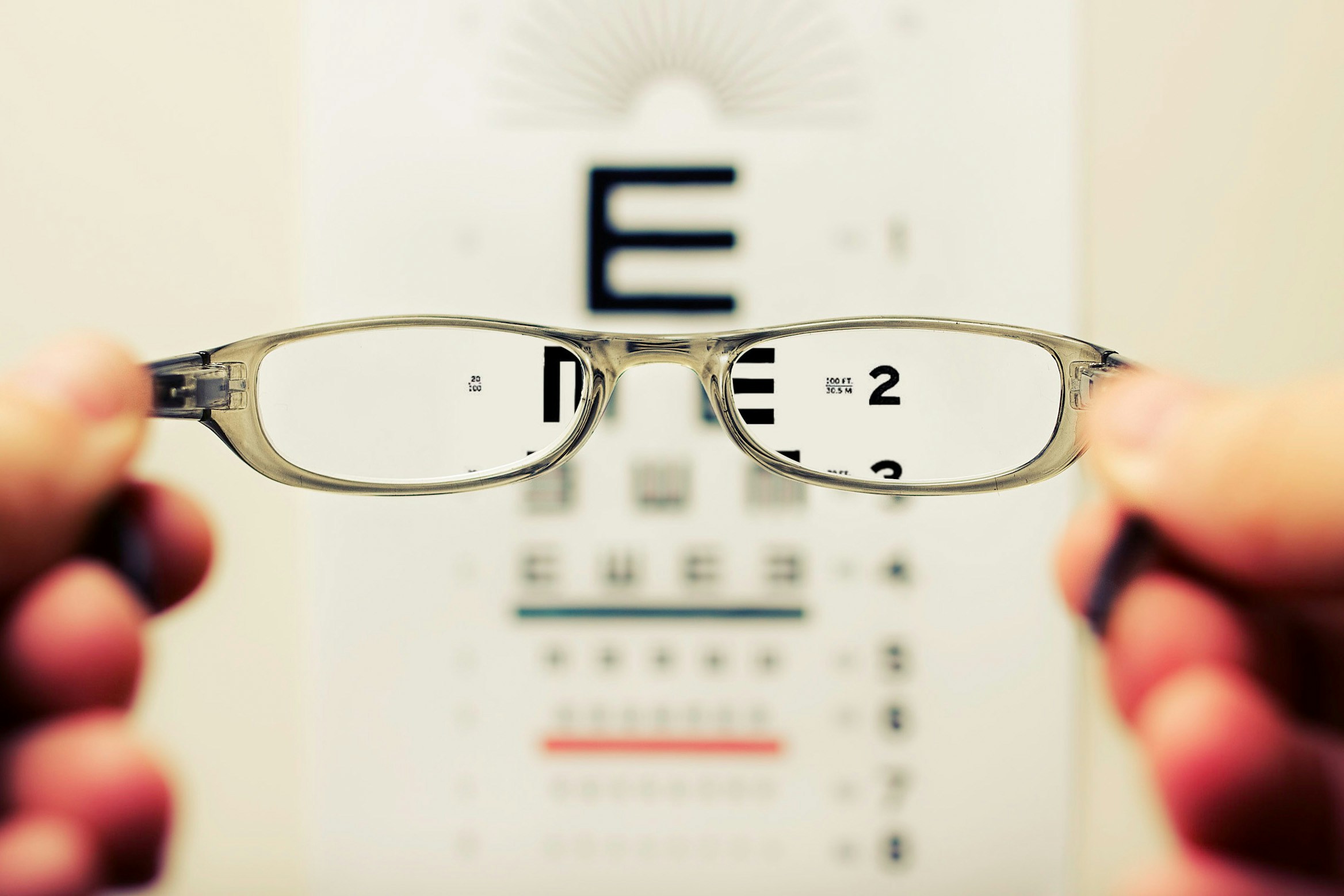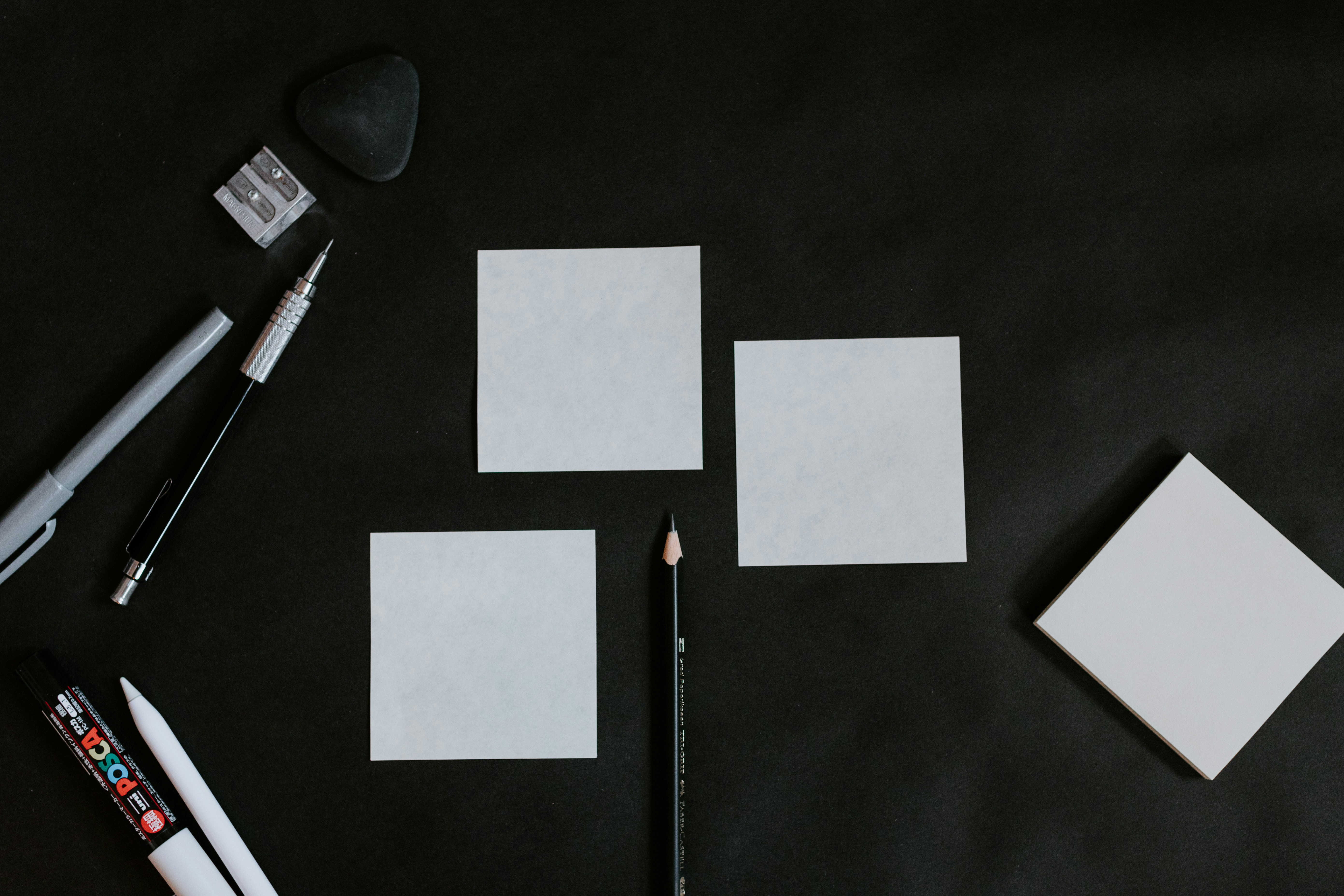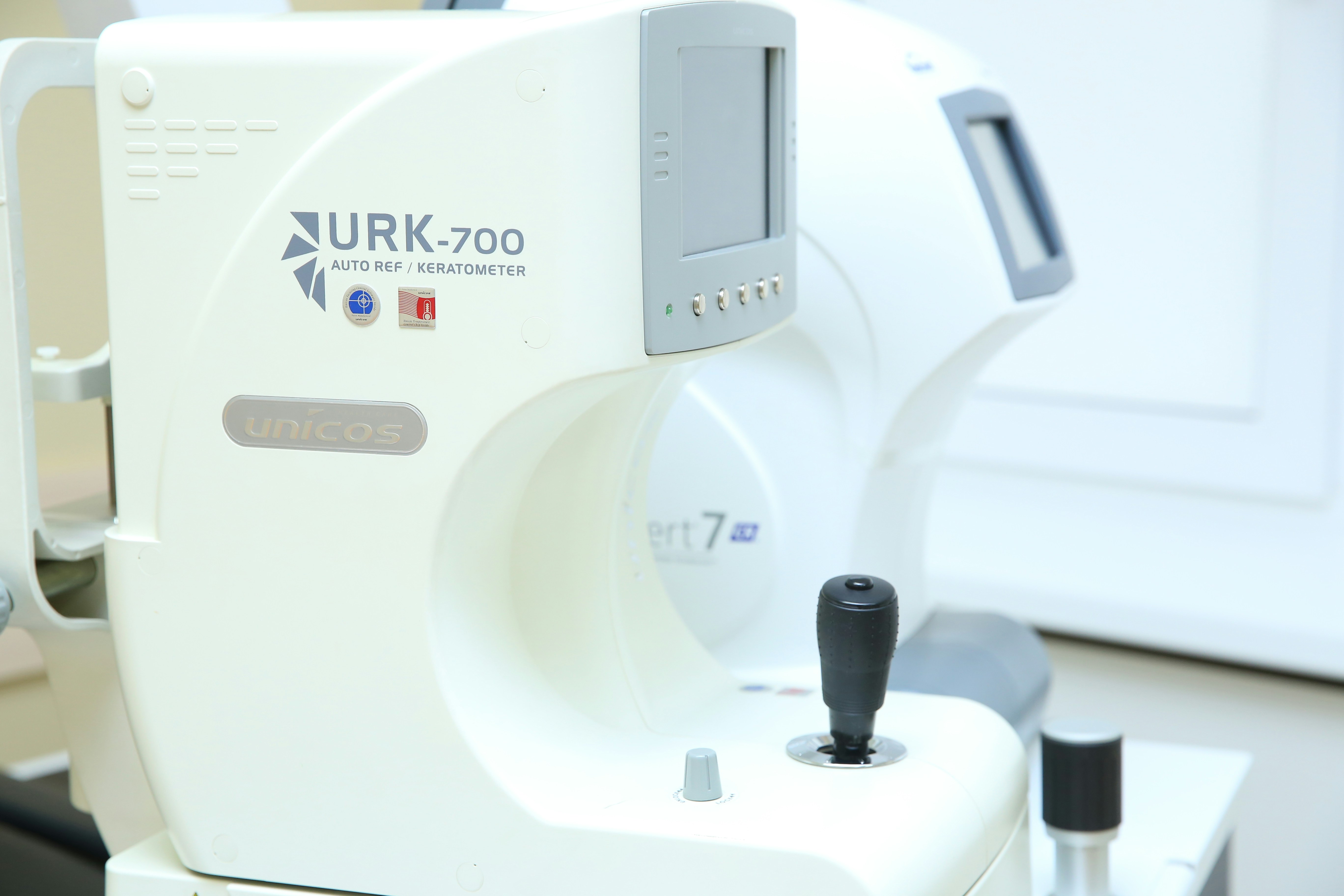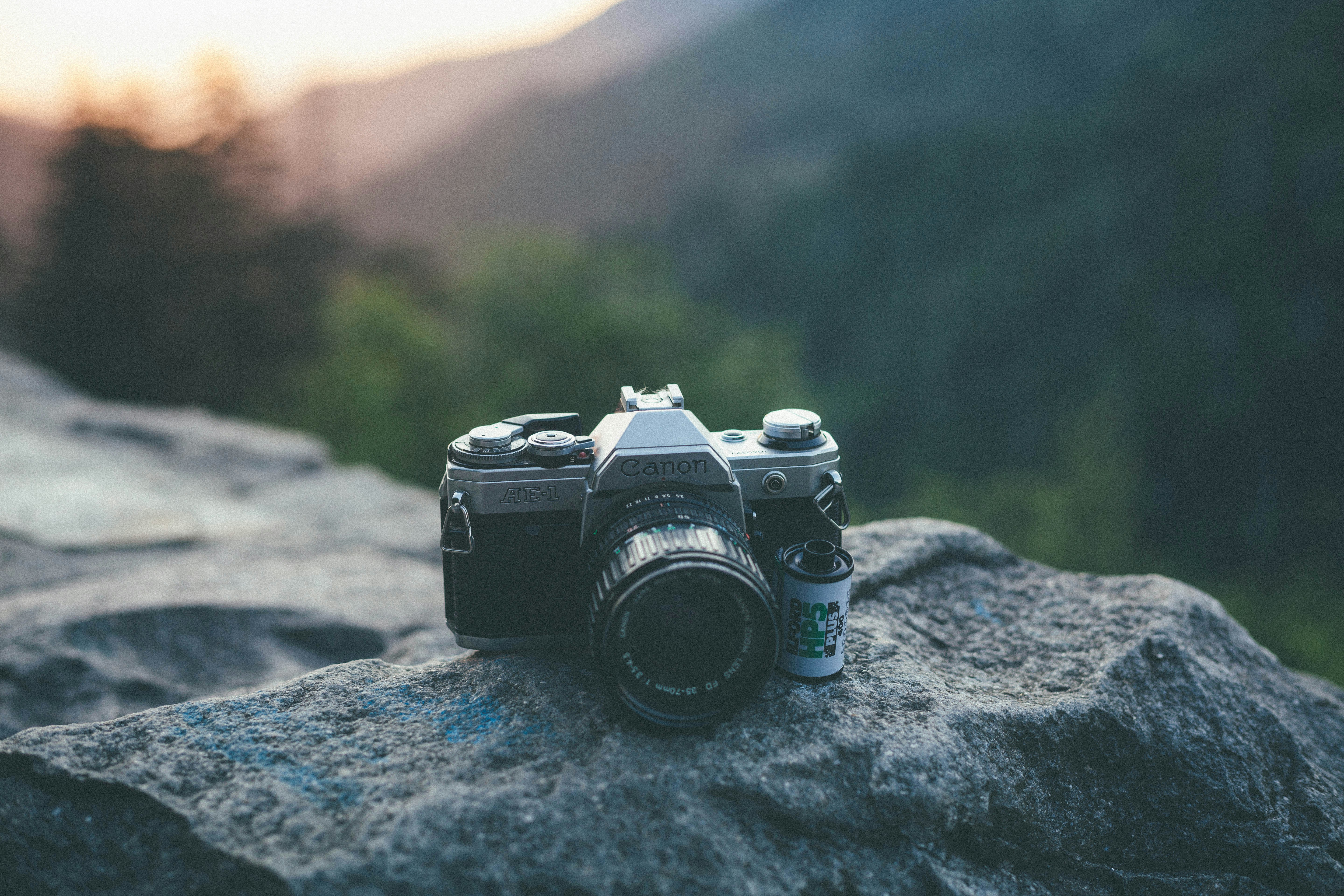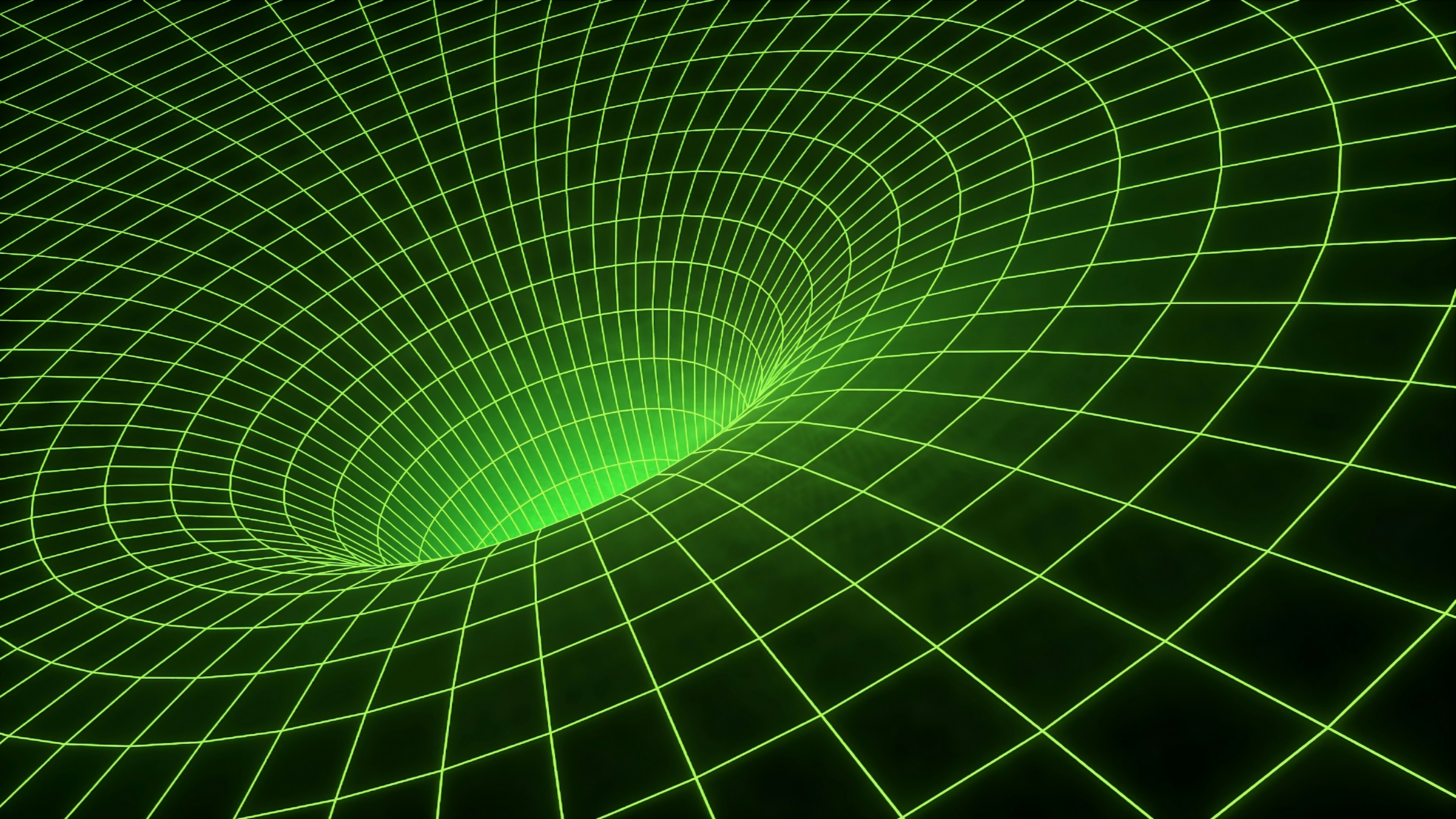Neurophotography: Unleash Your Creativity with Neuroscience Insights
Have you ever wondered why certain photographs evoke deep emotions, while others barely register? Welcome to the fascinating world of neurophotography, where the principles of neuroscience meet the artistry of photography. By understanding how our brain perceives images, you can elevate your photography skills and create compelling visual narratives that resonate with viewers. This article will guide you through how merging neuroscience with camera technology can enhance your photography journey and help you unlock the power of your creative instincts.
Understanding Neurophotography: The Brain Meets the Lens
Neurophotography isn’t just a trendy buzzword; it’s an emerging field that studies how our brains interpret visual information. For photographers, this knowledge can transform the way they approach composition, lighting, and even subject matter. By examining how the brain processes imagery, photographers can make informed choices that enhance the emotional impact of their work.
At its core, neurophotography explores the intricacies of human perception. For example, did you know that our brains are wired to respond differently to colors? The psychology of color plays a significant role in how we interpret images. For a deeper dive into this idea, you can explore our article on the psychology of color in photography. Understanding these nuances can help photographers predict how viewers will react, enabling them to gauge the emotional weight their work may carry.
The Neuroscience of Perception: How We See
Every time we take a photograph, we engage a complex network of processes involving the visual system of our brain. When light enters the eye, it’s transformed into electrical signals that travel to different areas of the brain responsible for image processing. These areas determine how we perceive contrast, depth, and movement—elements crucial for photography.
Photographers can harness this knowledge to create images that are not only visually appealing but also psychologically engaging. For instance, utilizing leading lines and contrasting colors can guide the viewer's gaze and evoke specific feelings, enhancing the narrative of your shots.
Cognitive Bias and Photography: Making It Work for You
Cognitive biases influence how we interpret visual stimuli, often leading us to perceive things not as they are but as our brains suggest they are. For example, the framing effect suggests that how you present an image influences how it’s interpreted. As a photographer, being aware of these biases can inform your creative decisions.
Take time to understand the cognitive biases that could impact your work. For instance, using the emotional aspects of color can guide your portrayal of subjects, showing vulnerability or strength depending on the shades you use. When you pitch your images to your audience with an understanding of cognitive biases, you can create photographs that don’t just capture a moment but tell an impactful story.
Learning from Eye Tracking Studies
Recent studies using eye-tracking technology have shown that viewers often focus on specific areas of an image before moving to others. For photographers, this information is gold. By tailoring your compositions to draw attention to focal points, you can effectively direct viewer interpretation.
For instance, many eye-tracking studies have demonstrated that people gravitate toward faces and eyes in photographs. Consequently, incorporating clear and expressive subject matter will likely captivate your audience’s attention and evoke an emotional reaction. Prioritizing these elements during your photo shoots can yield results that not only meet but exceed audience expectations.
Emotion and Lighting: The Unseen Influencer
Lighting can make or break a photograph. Yet, its influence goes beyond mere visibility; it is integral to how emotions are conveyed. Natural light may impart warmth and tenderness in portraits, while harsh lighting can evoke feelings of despair or tension in a scene.
Understanding the emotional implications of lighting relates back to how our brains interpret visual cues. Research has shown that certain light frequencies can elicit emotional responses. Emulating these principles when arranging your shots can lead to stunning outcomes. For expert tips on how lighting interacts with mood, don’t miss our discussion on natural light and its emotional impact.
Enhancing Emotional Connection Through Composition
Composition is often considered the backbone of effective photography. Whether through rule of thirds, symmetry, or negative space, how you frame your shots can significantly influence audience reception. Neuroscience teaches us that our brains naturally seek patterns, which can be harnessed in composition to enhance engagement with your photograph.
For instance, minimalistic shots using negative space invite the viewer to contemplate the subject and its surroundings. This technique often sparks curiosity and emotional reflection, enriching the narrative you're trying to convey. You can find creative ideas on this technique in our article on mastering negative space for impact.
Techniques for Building Stronger Visual Narratives
A successful photograph tells a story. It draws people in, prompting them to reflect and connect. To build stronger visual narratives, consider the following techniques informed by both artistic principles and neuroscience:
- Create a Strong Focal Point: Use leading lines to draw viewers toward your subject.
- Emphasize Emotion: Capture genuine expressions and moments that resonate with viewers on a personal level.
- Utilize Symbolism: Invoke deeper meanings through metaphors or culturally significant elements that align with your vision.
- Vary Your Perspectives: Experiment with angles and viewpoints to invite curiosity and engage viewers’ imagination.
These techniques will appeal to our neurological make-up and can significantly enhance the narrative strength of your photographs.
Technological Innovations: Bridging the Gap
Technology is ever-evolving, and its influence on photography is profound. From AI-driven tools that enhance post-processing to advanced camera sensors, these technological advancements allow us to explore uncharted territories in creativity. Understanding the interplay between neuroscience and technology will help you make informed decisions while selecting your gear.
Recent advancements include neural network algorithm enhancements that adapt to the emotional content of photographs, ensuring your gear aligns with your creative goals. Embracing these contexts will keep you at the frontier of photography innovation. For insights into how these advancements shape the creative process, consider our exploration of the future of photography with biometrics.
Cultivating an Authentic Photography Style
Neurophotography encourages you to dig deeper within yourself, reflecting your unique perspective as a photographer. Rather than solely following trends, tap into your emotional experiences and cultural heritage to inform your style. An authentic approach not only sets you apart but resonates with viewers, fostering genuine connections.
To cultivate your signature style, embrace mistakes and imperfections. Experiment with different genres and subjects until you find what resonates with you. You can read more on this journey in our post about embracing imperfections in photography.
Learning Through Analysis: Reviewing Your Work
Once you’ve taken your photographs, the work doesn’t stop. Review your images through a neurophotographic lens, analyzing what works and what doesn’t. This involves looking at your photos and considering viewer reactions based on the principles of neuroscience.
Try to establish patterns in how your audience interacts with your images. Are there certain colors or compositions that elicit stronger responses? Take note of this data to refine your technique in future projects. Additionally, consider joining a community or discussion forum where you can share insights and gather constructive feedback.
For more on validating your work with critics, read our article on creating compelling photo essays that tell profound stories.
Taking the Next Steps in Neurophotography
Neurophotography has opened up exciting possibilities for photographers eager to explore the intersection of art and science. By applying concepts from neuroscience, you can embark on a journey of discovery that transforms your creative process while fundamentally enhancing the way you engage with your audience.
- Experiment with Techniques: Don't shy away from experimentation; trying new approaches can lead to stunning results.
- Seek Community Feedback: Engage with fellow photographers to learn from their experiences and gain differing perspectives.
- Embrace Technology: Stay updated on the latest tech innovations that can enhance your photographic storytelling.
Approach your photography with an open mind, and let the revelations from neuroscience guide you in your artistic journey.
Final Thoughts: Elevate Your Photography Techniques
The journey through neurophotography has illustrated the power of understanding how our brains influence our perception of images. By merging this knowledge with artistic techniques and advanced technology, you can create photographs that not just capture moments, but spark emotions and tell compelling stories.
As you continue to explore and grow as a photographer, remember to engage with your audience meaningfully. By focusing on the principles derived from neuroscience, you can take your photography to new heights—where emotion, narrative, and technique effortlessly intertwine.
Meta Description
Discover how neurophotography blends neuroscience and camera technology to enhance your photography skills. Unlock creativity by understanding brain perception today!
